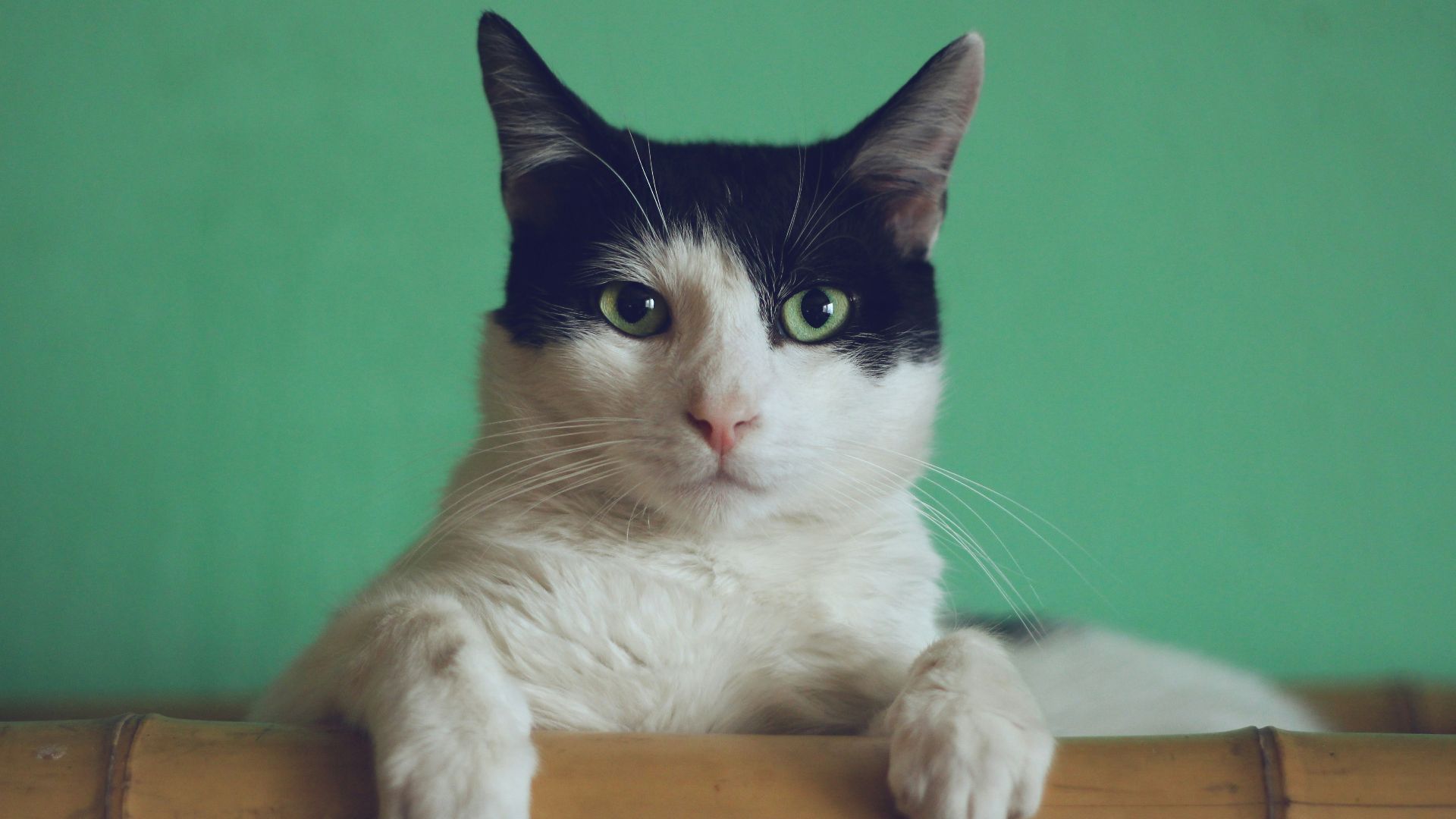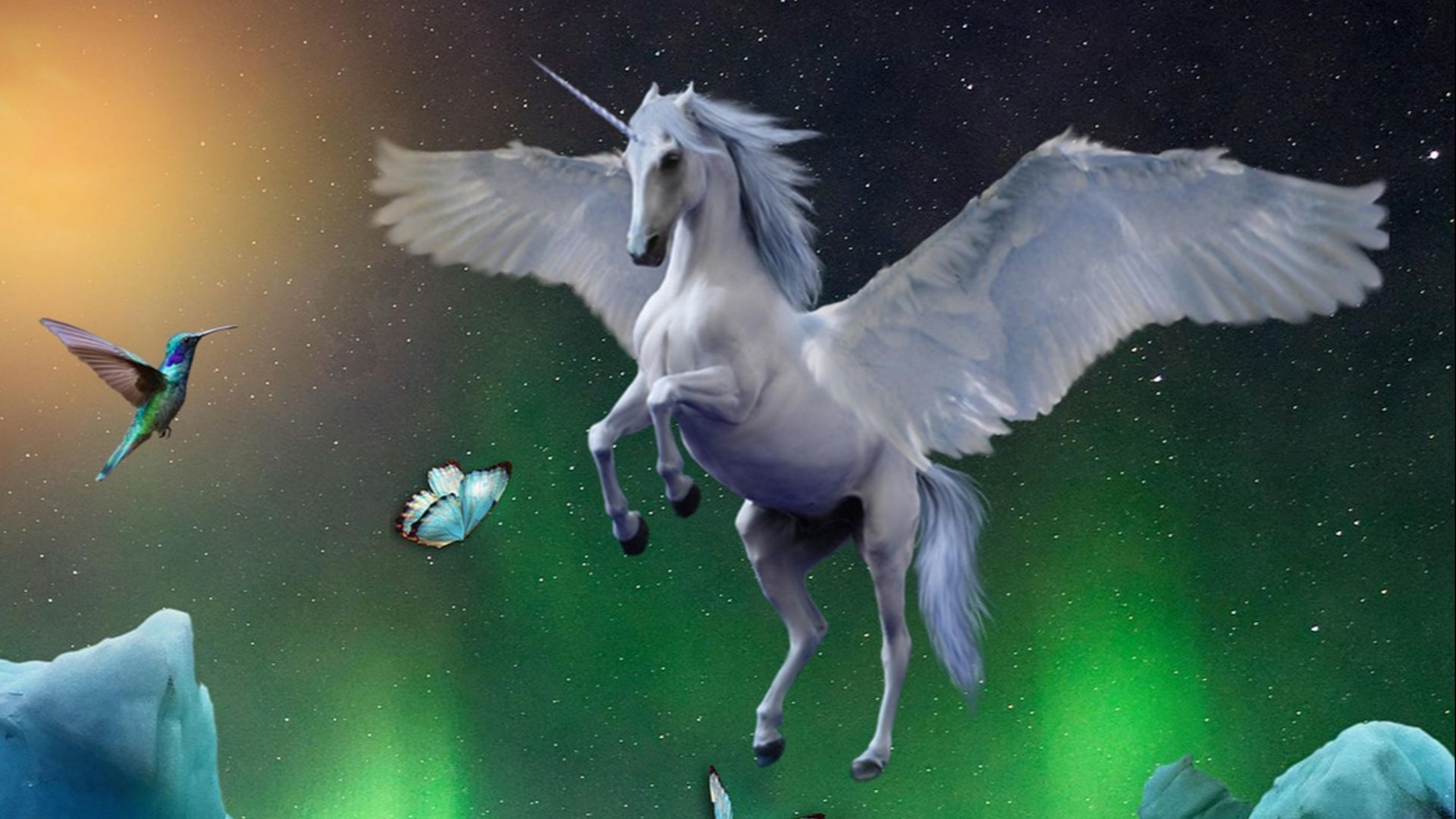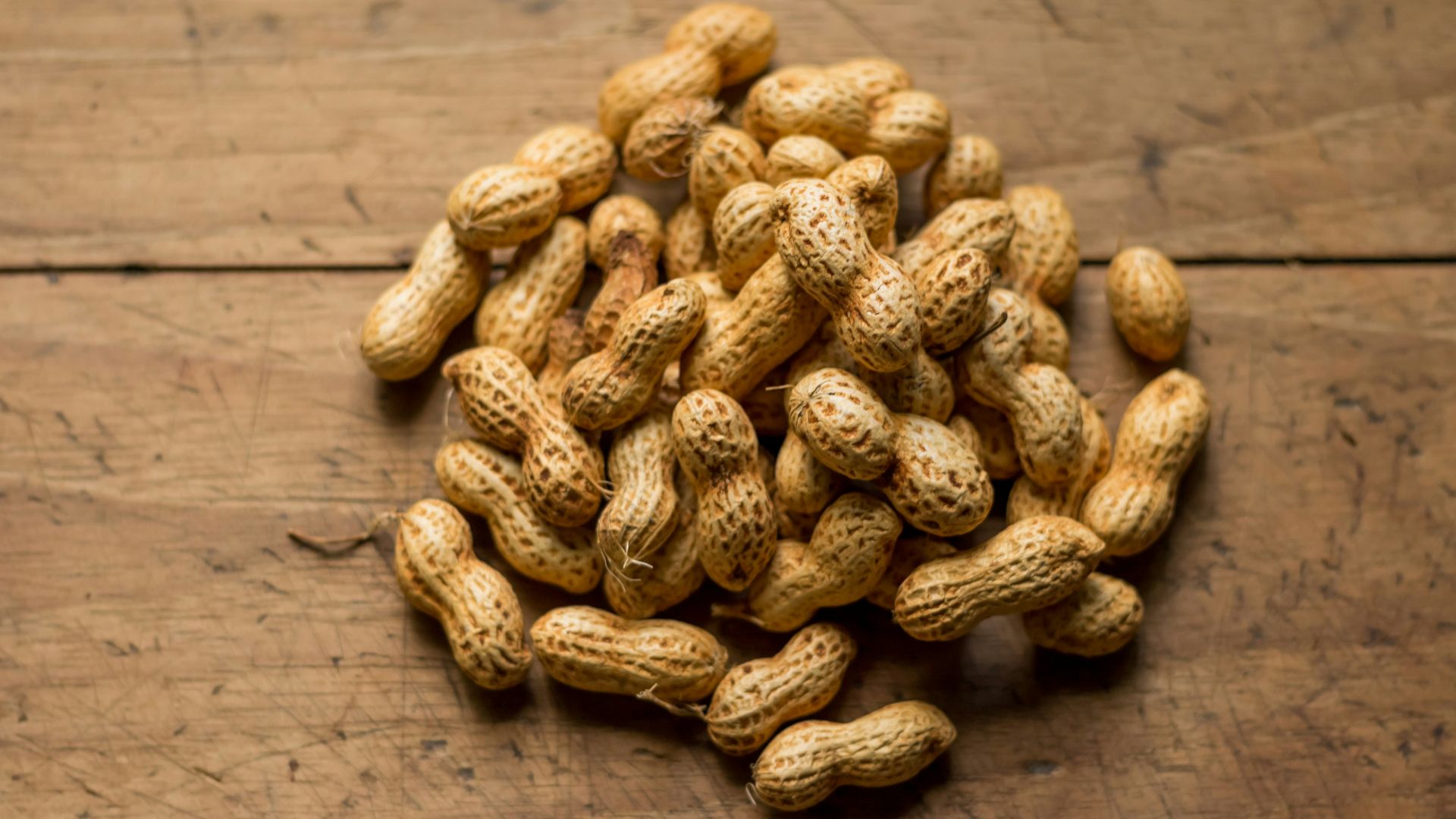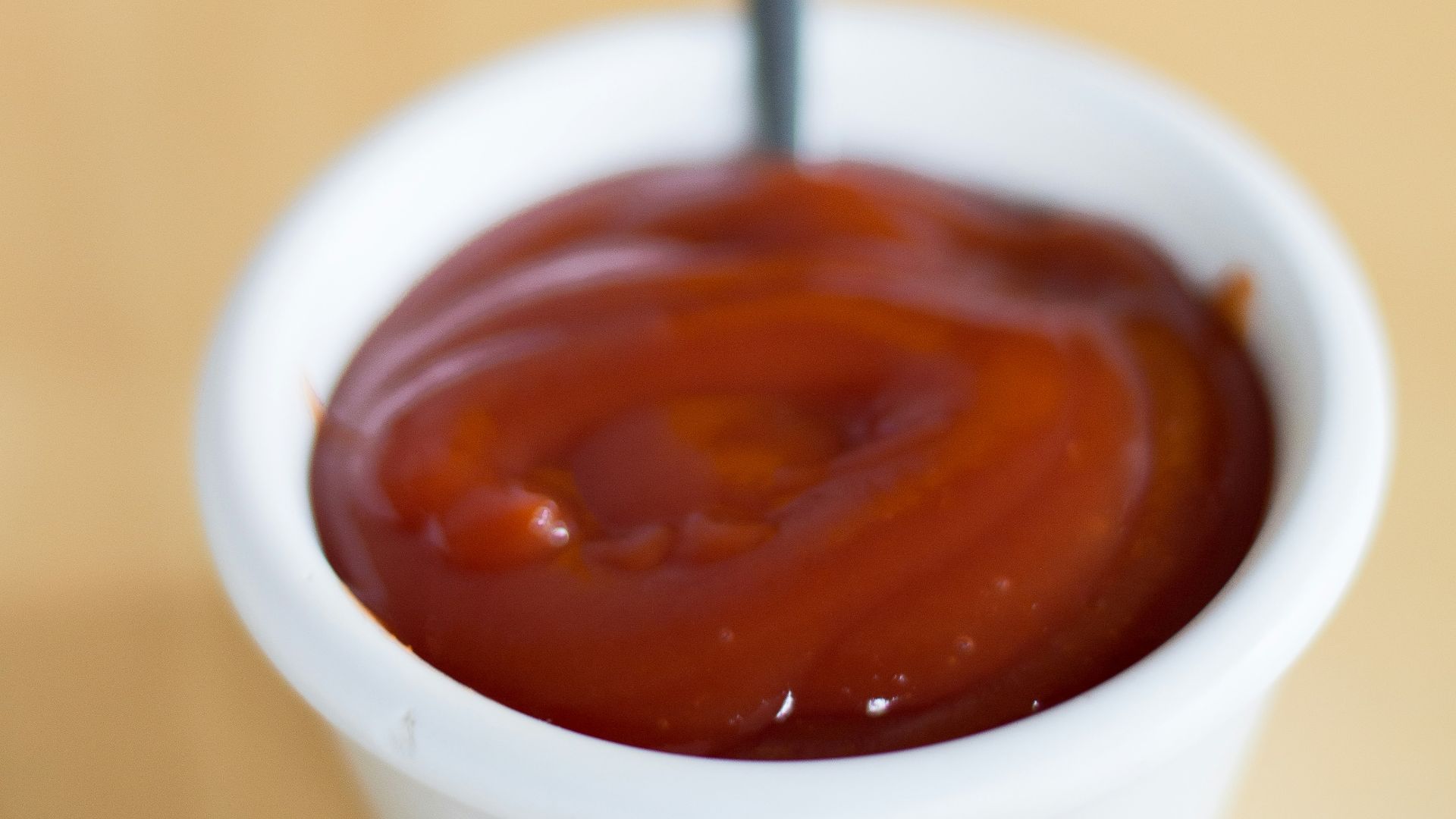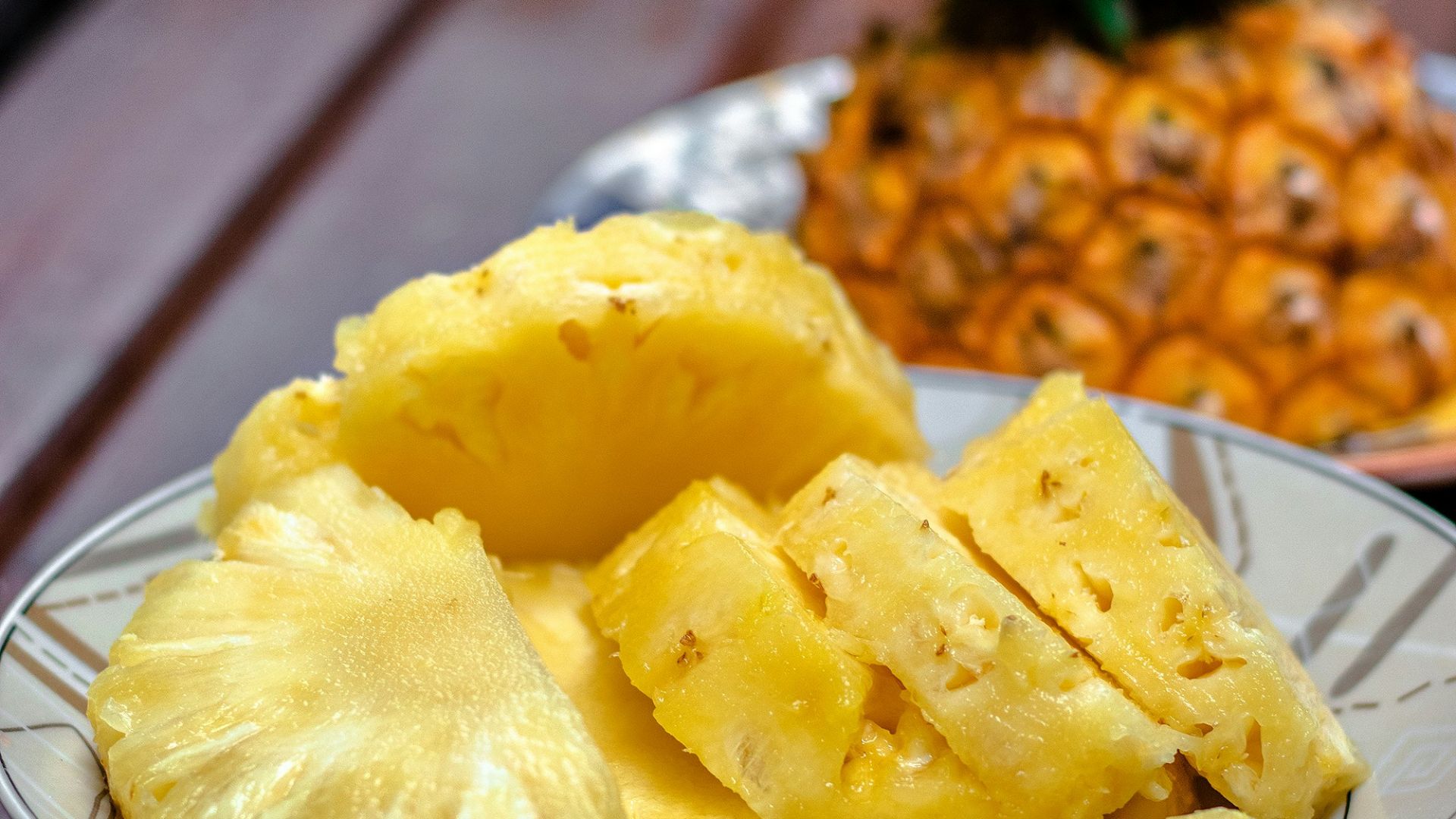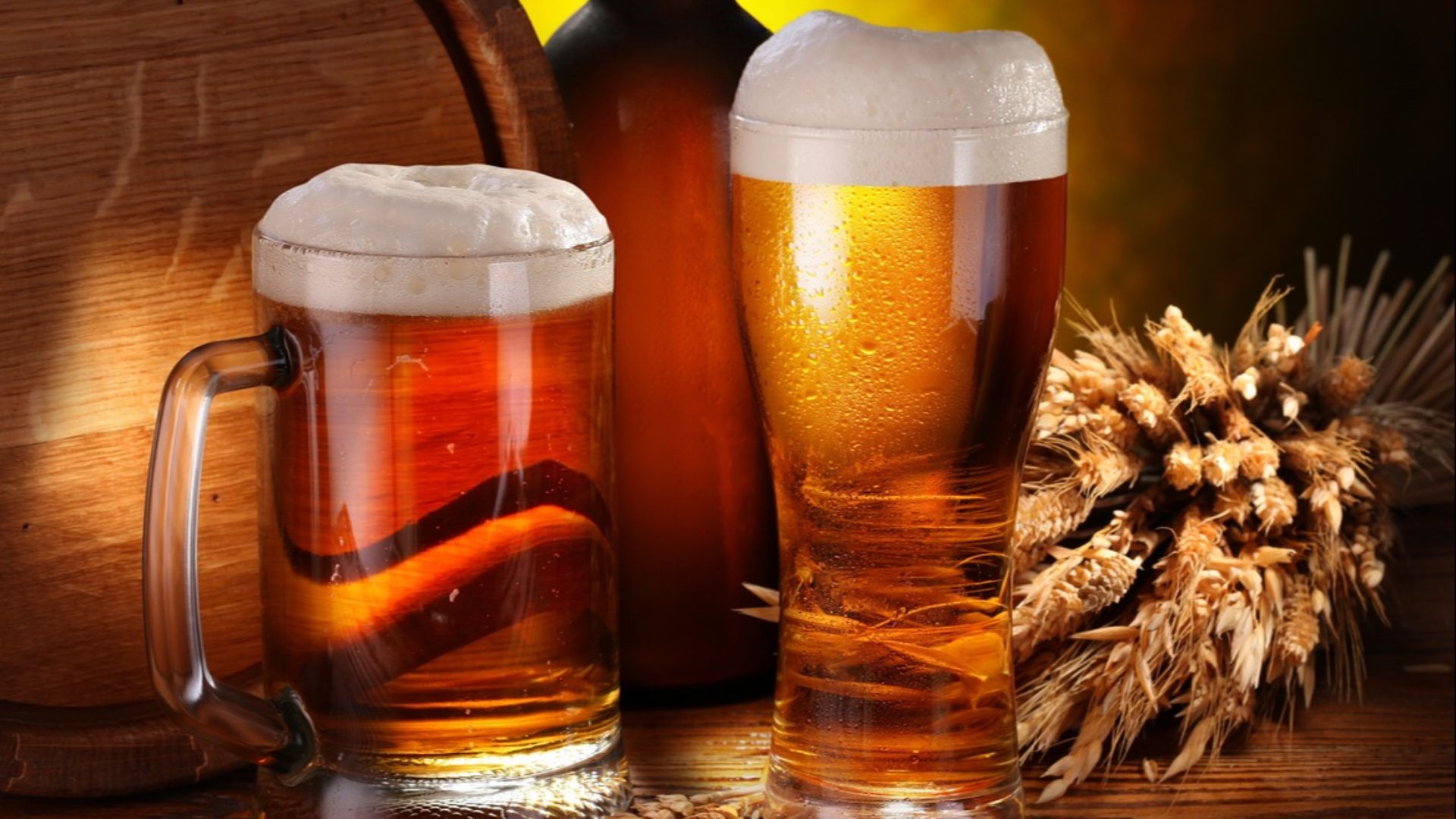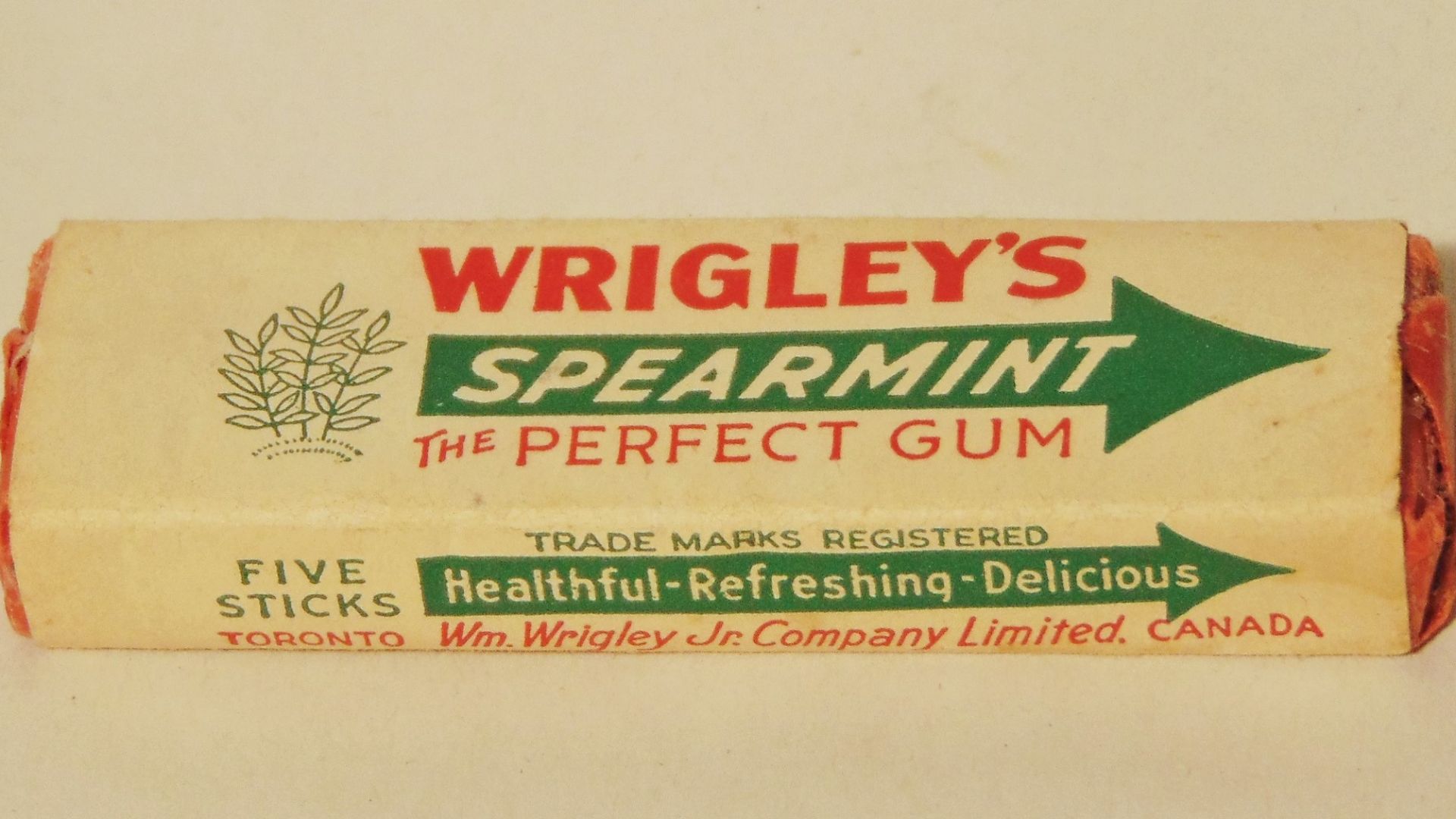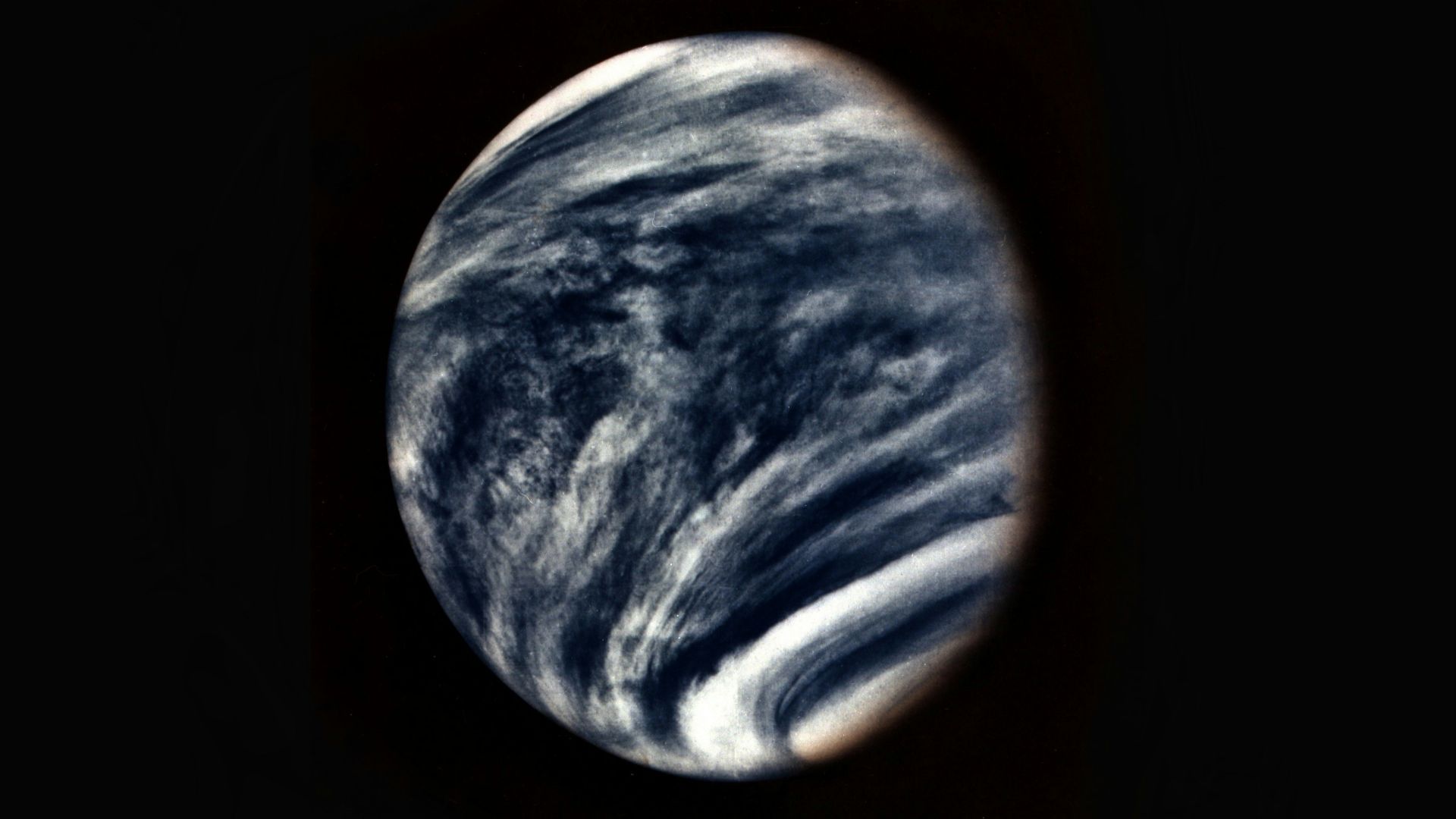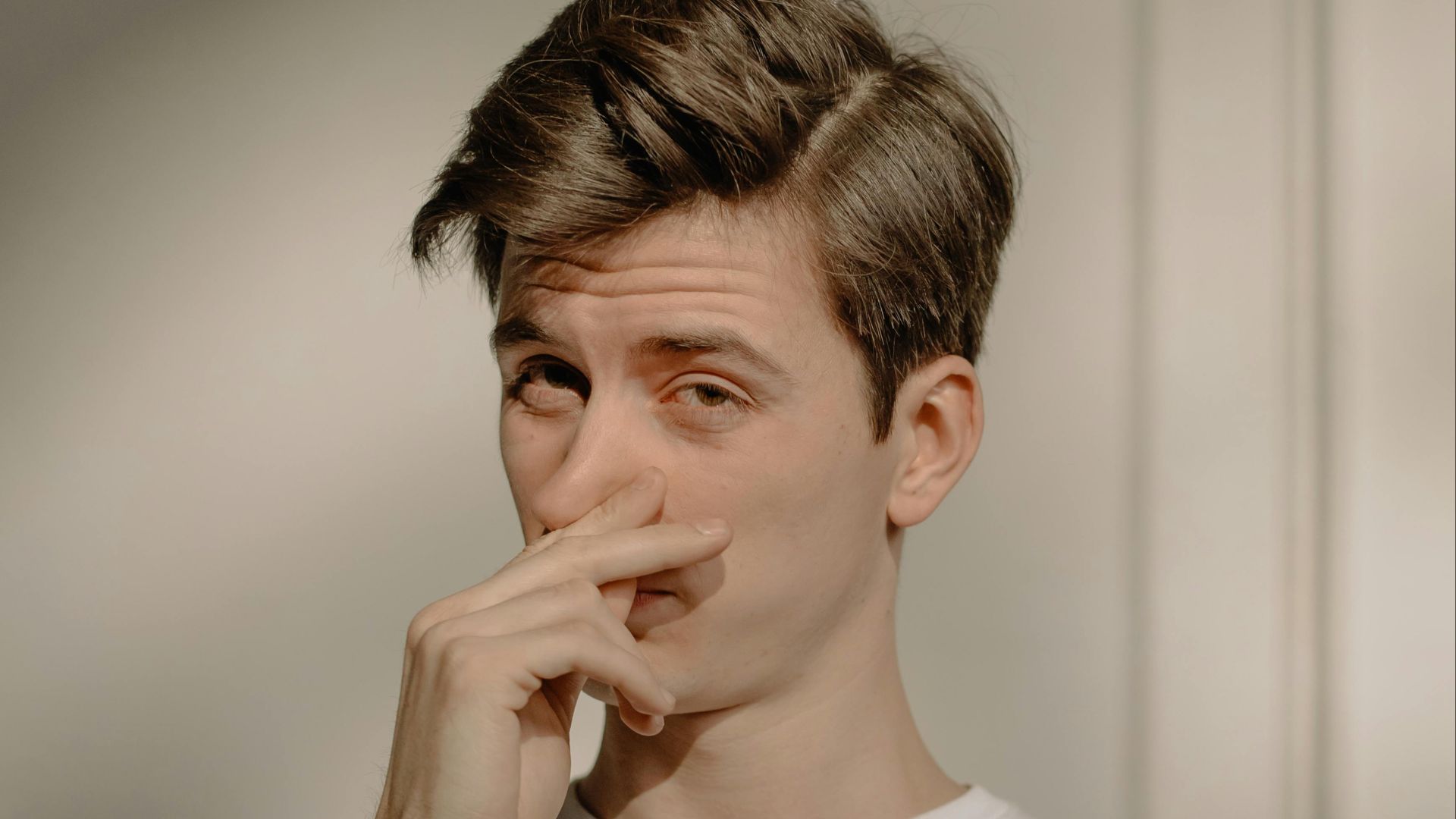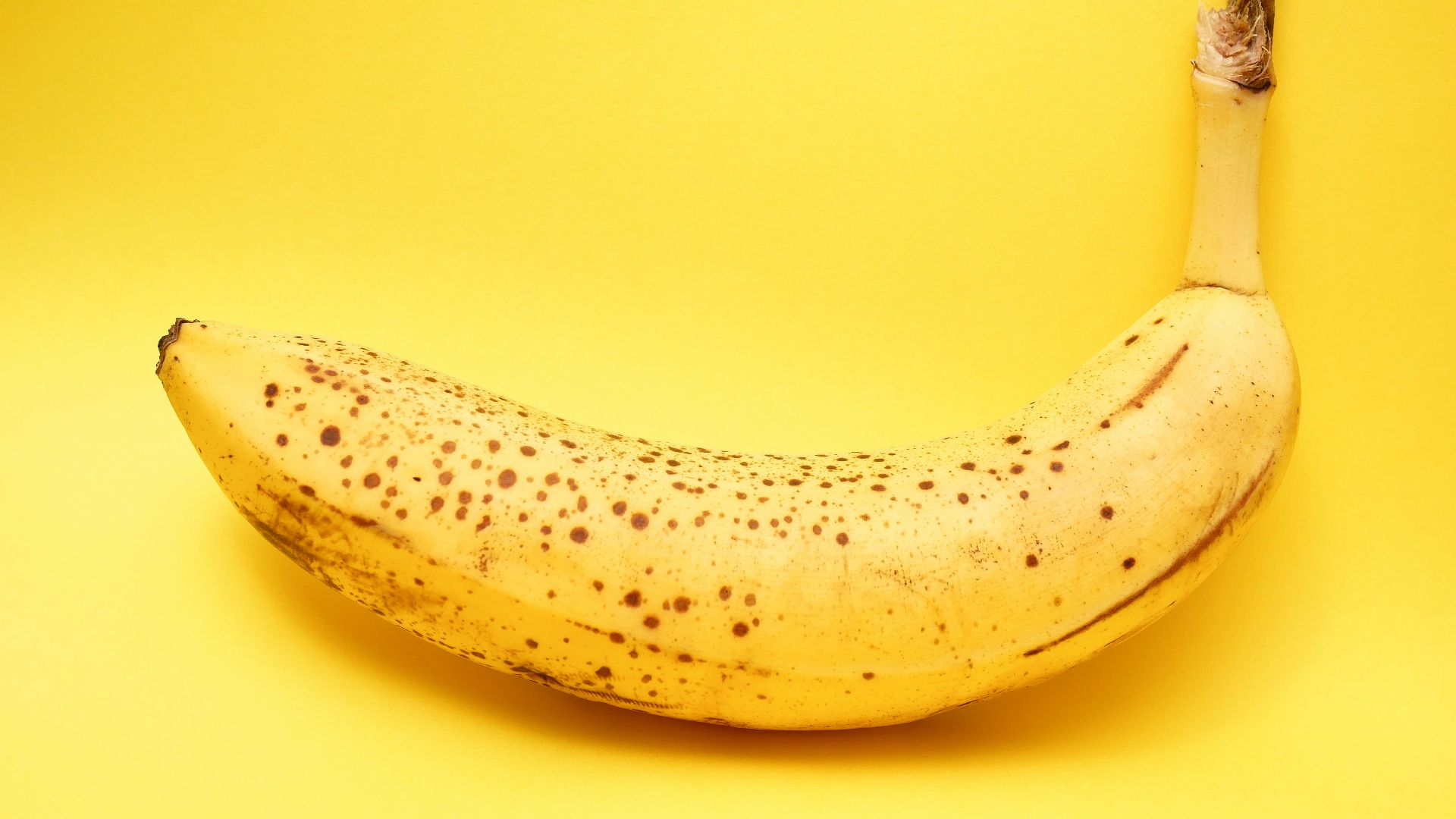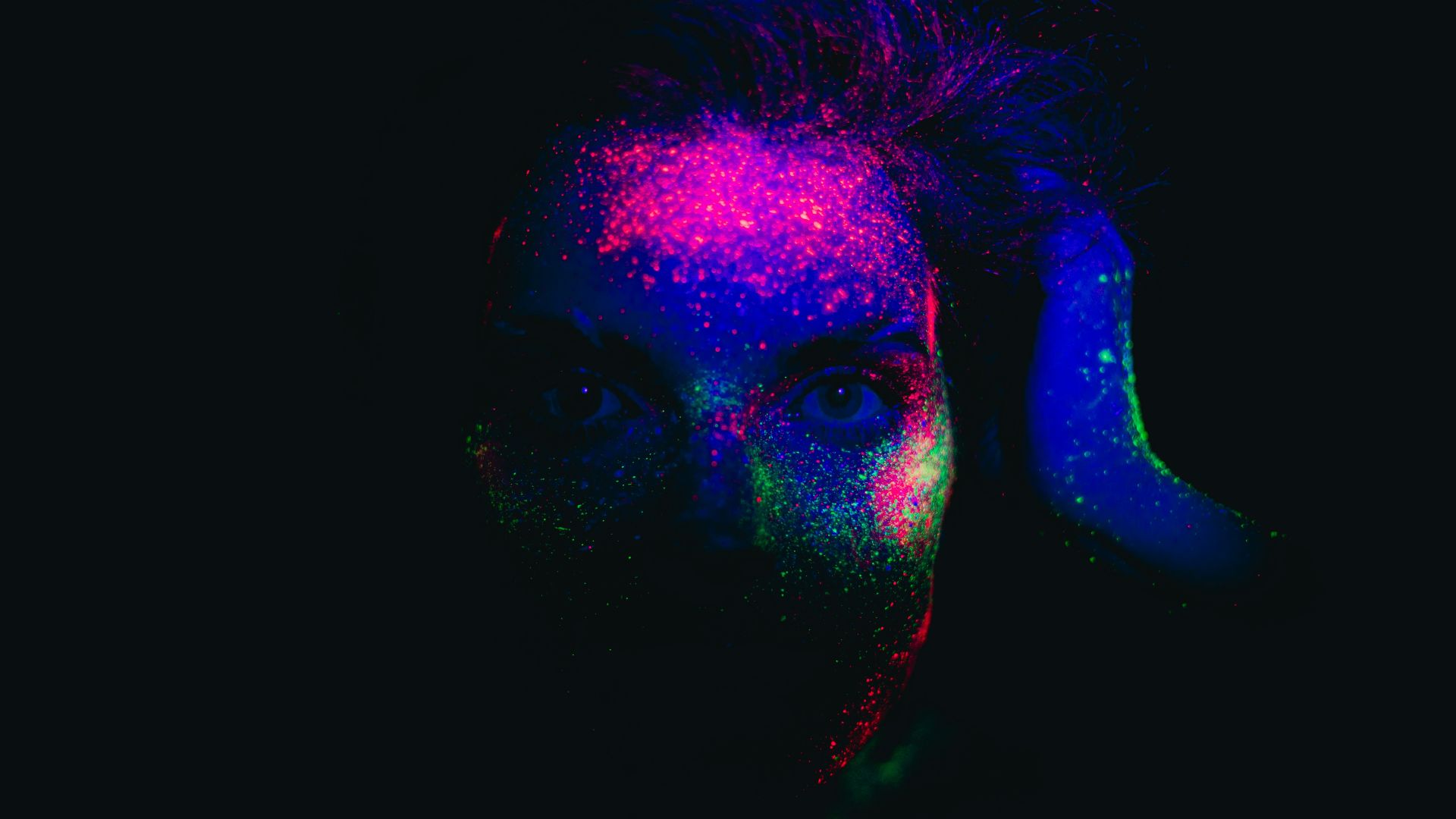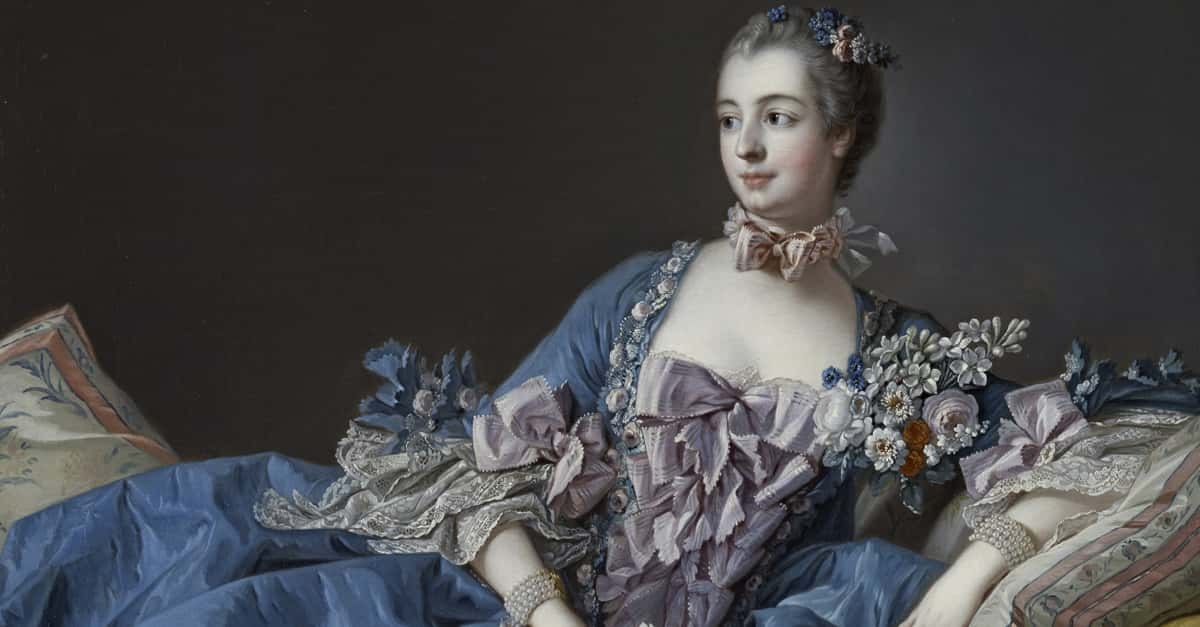It's The Small Things
Some of the weirdest facts hide in ordinary places, like food, symbols, plants, and planets. Some stories will literally make you look (and think) twice. Some simple; others? Not so much.

There’s A Fungus That Can Turn Ants Into Zombies
Ophiocordyceps unilateralis, a parasitic fungus, invades ants’s brains, making them climb vegetation before sprouting a stalk from their heads to release spores. This gruesome behavior inspired The Last of Us, but don’t worry, this fungus can’t infect humans. Imagine seeing your mind hijacked by nature itself!
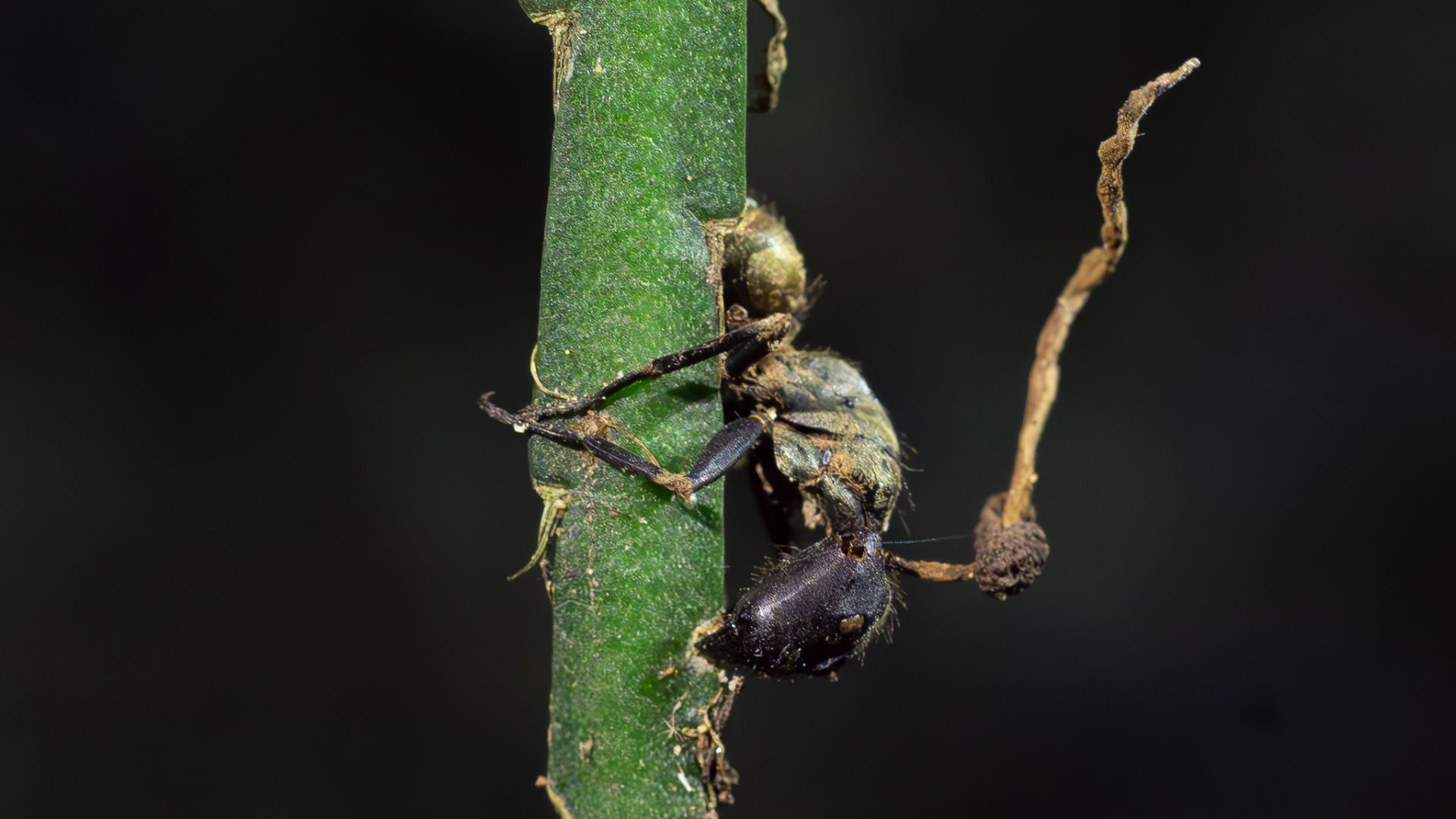 Denis Zabin, Wikimedia Commons
Denis Zabin, Wikimedia Commons
The Vatican’s ATM Is In Latin
In a twist of religious tradition, the Vatican installed the world’s only Latin ATM in 2013. This machine honors the Catholic Church's official language with options like “Inserito scidulam quaeso” (Insert card, please). Next time you need cash, why not do it in the ancient style?
 Seth Schoen, Wikimedia Commons
Seth Schoen, Wikimedia Commons
The World’s Quietest Room Is So Silent You Can Hear Your Organs
Microsoft’s anechoic chamber is so quiet (-20.6 dB) that it absorbs 99.99% of sound. Visitors report hearing their own heartbeat, stomach rumbling, and even their eyeballs moving. It's not just eerie; it’s a unique sensory experience where silence becomes loud in the strangest way.
 Ana Romero Lopez, Wikimedia Commons
Ana Romero Lopez, Wikimedia Commons
The “Mona Lisa” Has No Eyebrows Because It Was Fashionable To Shave Them Off
Leonardo da Vinci’s “Mona Lisa” might seem like a mystery in itself, but you must've noticed that she has no eyebrows. Well, in Renaissance Florence, it was considered fashionable to pluck brows, emphasizing the forehead as a symbol of intelligence. Da Vinci painted Mona accordingly to capture the trends of the time.
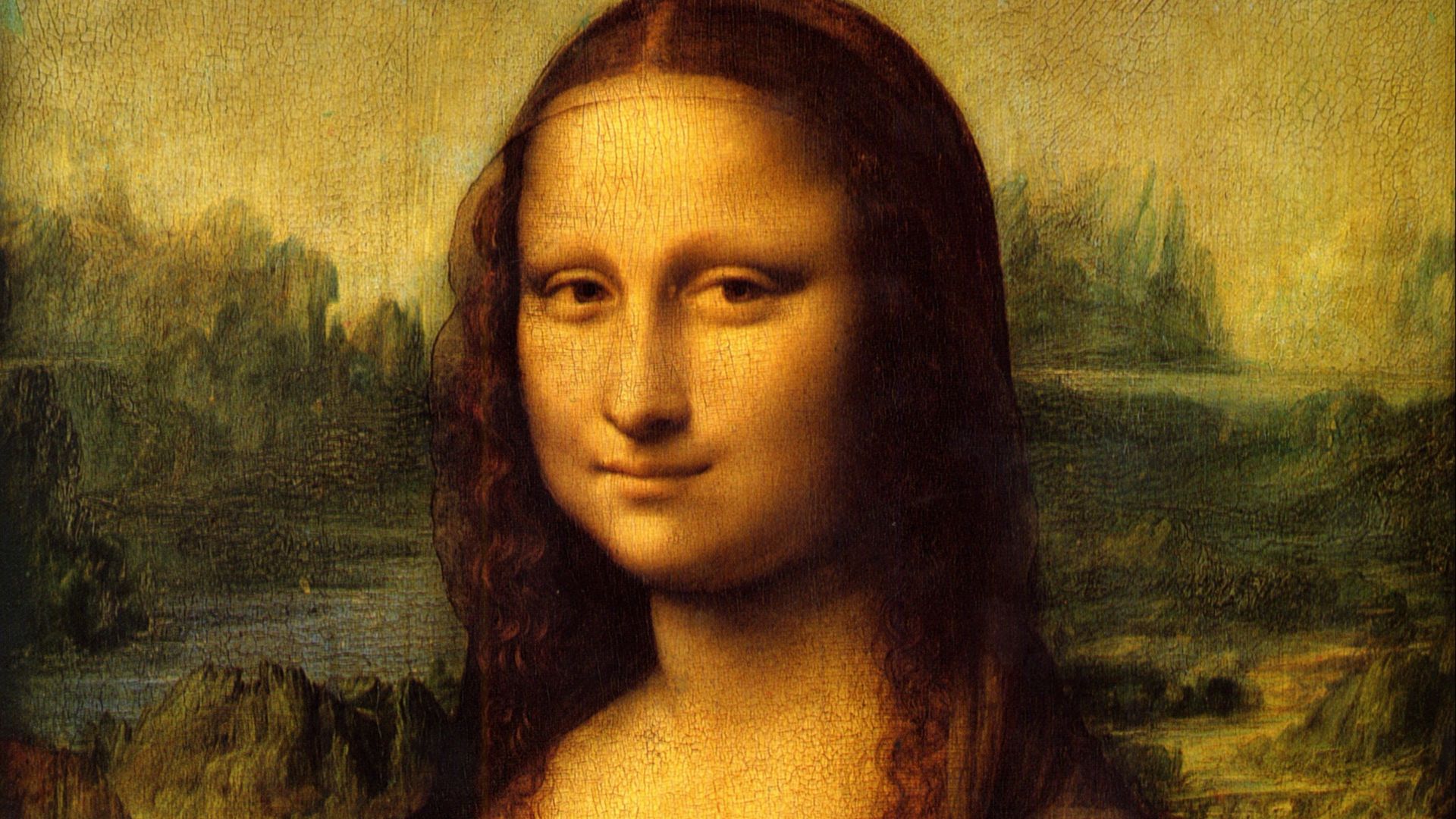 Leonardo da Vinci, Wikimedia Commons
Leonardo da Vinci, Wikimedia Commons
A Woman Legally Married The Berlin Wall In 1979
Eija-Riitta Eklof, a performance artist, shocked the world in 1979 by “marrying” the Berlin Wall. She claimed to be attracted to inanimate objects. Her legal union with the Wall stirred controversy and deepened the conversation about human-object relationships. Now, that’s one for the history books.
 An interview with Eija-Riitta Eklof 01/2013 by nicolaiherzog
An interview with Eija-Riitta Eklof 01/2013 by nicolaiherzog
The CIA Once Trained Cats To Spy On The Soviets
Project “Acoustic Kitty,” launched in the 1960s, saw the CIA implant microphones in cats to spy on Soviet officials. Unfortunately, the first spy cat was hit by a taxi before completing any missions, and this just made the project a quirky failure. Cats may have nine lives, not in espionage.
Scotland’s National Animal Is The Unicorn
Now, this one is colorful and genuinely peculiar. In the 12th century, the unicorn was chosen as Scotland’s national animal to represent purity and power. This mythical creature, linked to their heritage, proudly stands as a symbol of Scotland’s strength.
The Dot Over "I" And "J" Is Called A "Tittle"
That tiny dot above "i" and "j" has an official name: tittle. Derived from the Latin word titulus (small stroke), this minuscule mark plays a significant role in clarifying letters. It’s a curious detail we overlook daily, but one that could make all the difference in an English test.
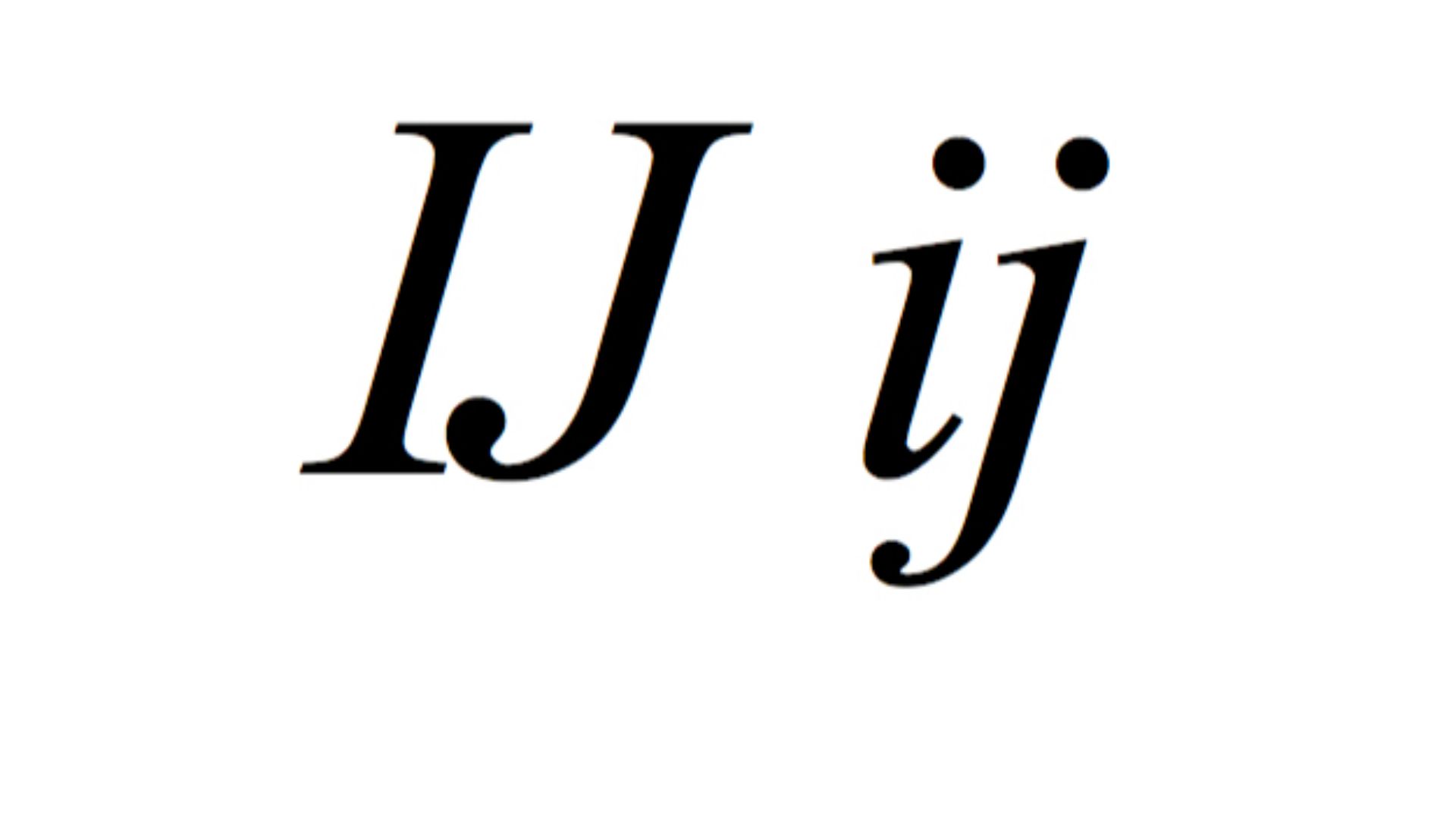 Szomjasrágó at Hungarian Wikipedia, Wikimedia Commons
Szomjasrágó at Hungarian Wikipedia, Wikimedia Commons

History's most fascinating stories and darkest secrets, delivered to your inbox daily.
The Hashtag Symbol (#) Is Called An "Octothorpe"
Ask anyone what this sign, #, is called, and they will proudly utter hashtag. Wrong. The name is an “octothorpe.” "Octo-" refers to those eight points in the symbol. The "-thorpe" part comes from athlete Jim Thorpe, added by Bell Labs. Who knew that the hashtag symbol has a quirky name?
The Longest English Word Without Vowels Is "Rhythms"
"Rhythms" is a marvel in the English language. It stands as the longest word without vowels, depending on how you define vowels. While "y" sometimes serves as one, it doesn’t count here, and this makes this word a true linguistic oddity.
The First Movie Ever Made Was A Horse Galloping In 1878
Eadweard Muybridge’s The Horse in Motion (1878) marked the dawn of motion pictures. It was created to settle a bet about whether a horse’s hooves ever leave the ground while galloping. This cinematic milestone changed history by capturing movement in a way never seen before, forever altering film’s evolution.
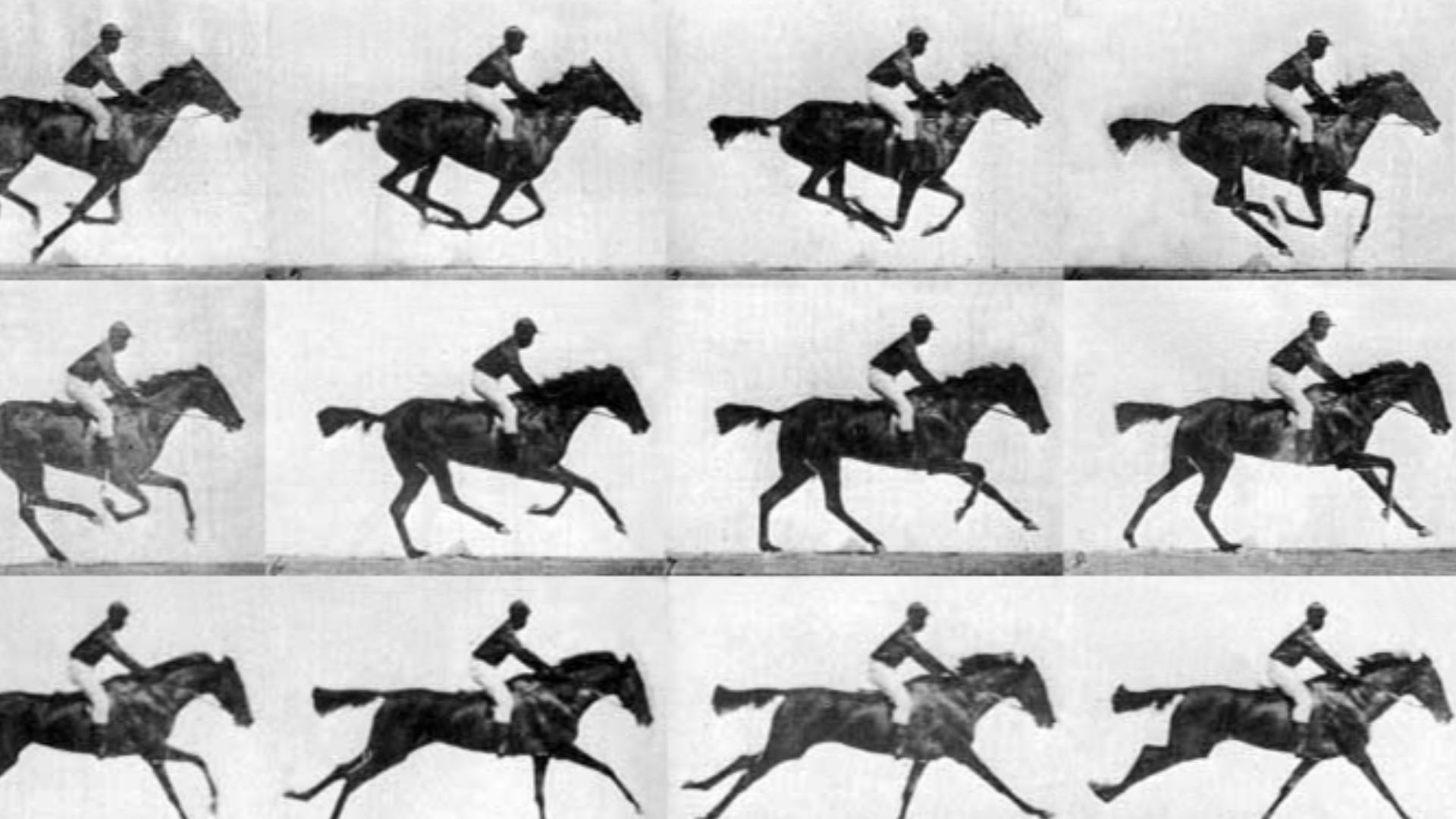 Photos taken by Eadweard Muybridge (d. 1904). Edit by User:Waugsberg, Wikimedia Commons
Photos taken by Eadweard Muybridge (d. 1904). Edit by User:Waugsberg, Wikimedia Commons
The "Windy City" Nickname For Chicago Originally Referred To Its Politicians, Not Weather
Contrary to popular belief, Chicago’s nickname, "Windy City," didn’t originate with its weather. In the late 19th century, it was coined by journalists who critiqued the city’s long-winded politicians. They were known for their "hot air," making the term a biting commentary on political bluster rather than a weather forecast.
The "Q" In Q-Tips Stands For "Quality"
Those tiny cotton swabs known as Q-tips originally went by the name “Baby Gays” before being rebranded in 1926. The "Q" now stands for “Quality” to emphasize the brand’s commitment to excellence. It’s a fun little piece of consumer history hiding in the name of a household staple.
 HuttyMcphoo, Wikimedia Commons
HuttyMcphoo, Wikimedia Commons
The Hello Kitty Character Is Not A Cat—She’s A British Girl Named Kitty White
Hello Kitty is an iconic character in pop culture, but she isn’t actually a cat! ! According to Sanrio’s official lore, she’s a British girl named Kitty White, depicted as an anthropomorphic human. A shock to fans, this tiny detail changes everything we know about this beloved character.
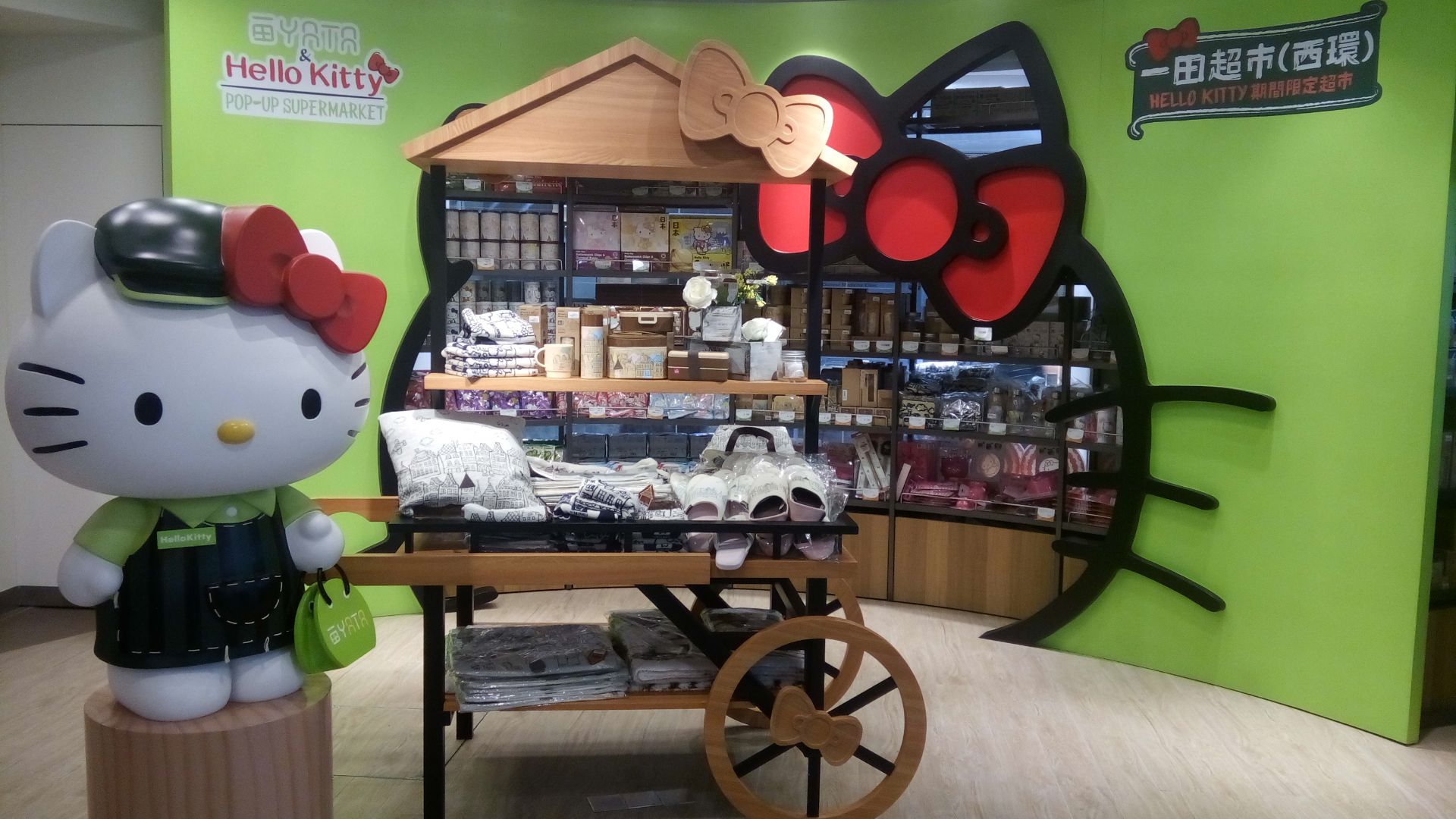 Halokattiez, Wikimedia Commons
Halokattiez, Wikimedia Commons
The "Happy Birthday" Song Was Copyrighted Until 2016
Believe it or not, the “Happy Birthday” song was under copyright until 2016, when a court ruling invalidated the claim. Warner/Chappell Music had earned millions yearly from the song. A win for the people, and now it’s finally free for everyone to sing without restriction.
Carrots Were Originally Purple
Carrots were once purple, not the bright orange root vegetable we know today. Dutch farmers in the 17th century cultivated orange carrots to honor the royal House of Orange. Over time, the orange variety became dominant, but purple carrots remain a reminder of history’s influence on food.
Peanuts Aren’t Nuts—They’re Legumes
Surprising, right? Peanuts aren't true nuts at all. They belong to the legume family. The reason is that they grow in pods like beans and peas. Unlike tree nuts, which grow on trees, peanuts develop in the soil. Now you know.
The World’s Most Expensive Coffee Is Made From Civet Poop
Before you say “ew,” hear this: Indonesian palm civets digest coffee cherries and ferment the beans in their stomachs. This process gives this specific coffee its unique flavor. It's considered an ethical method because the harvest is through picking the feces, and the civets pick the best coffee to “process”.
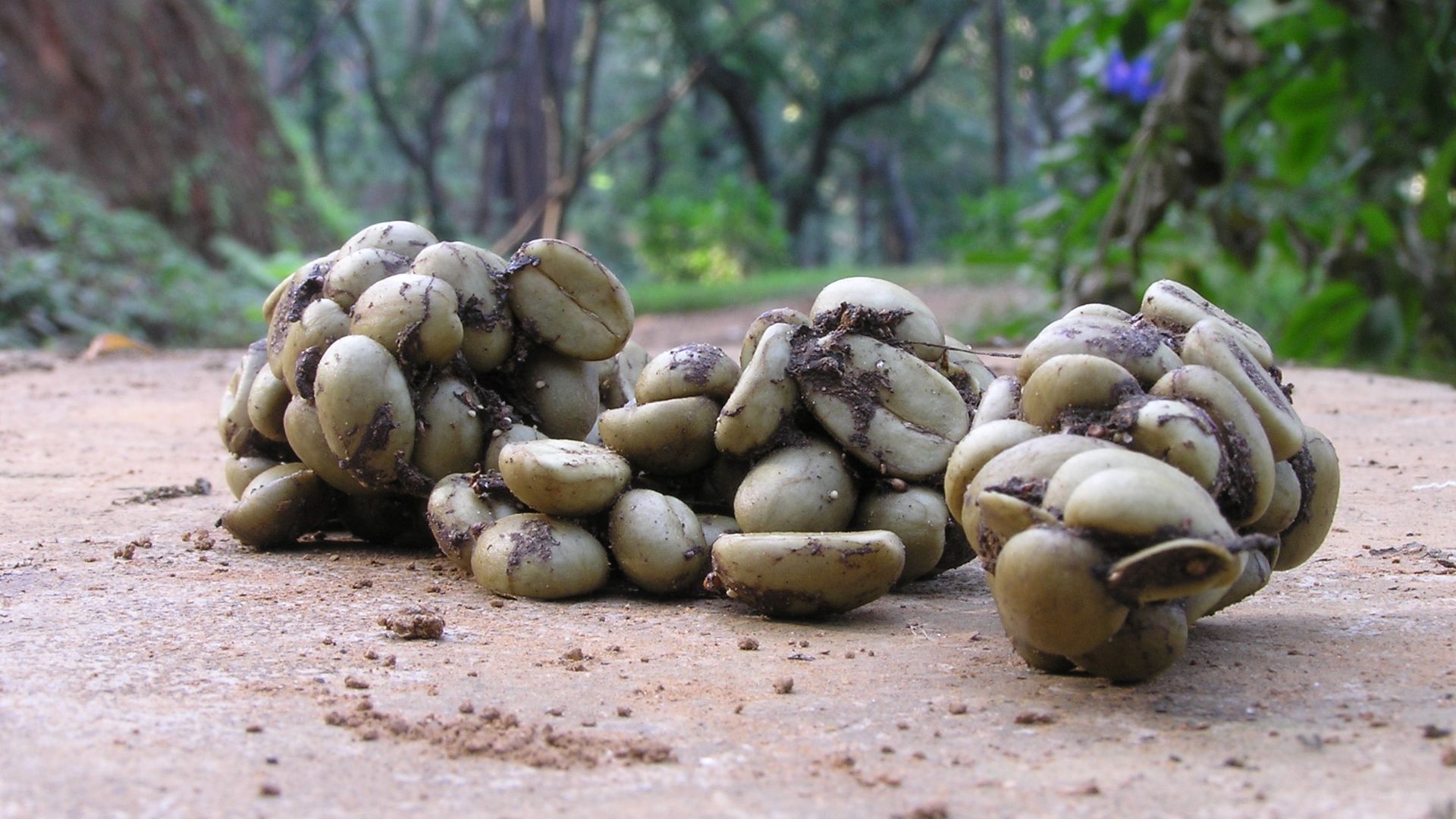 Anand Osuri, Wikimedia Commons
Anand Osuri, Wikimedia Commons
Ketchup Was Used As Medicine In The 1830s
The 1800s had a lot of drama, one of which was that ketchup was medicine. Tomato extract was touted as a cure for diarrhea and indigestion. It sounds absurd now, but people were sold on its supposed health benefits. Marketing and food trends evolve. Sometimes, in the oddest directions.
The Fear Of Cooking Is Called "Mageirocophobia"
Did you know there’s a term for the fear of cooking? “Mageirocophobia,” derived from Greek, combines “mageiros” (cook) and “phobos” (fear). It’s a surprisingly common condition where people fear the act of cooking. So, if you’re terrified of the kitchen, rest assured—it has a name, and you're not alone.
 Rachata Teyparsit, Shutterstock
Rachata Teyparsit, Shutterstock
Pineapple Works As A Natural Meat Tenderizer
Pineapple has an enzyme called bromelain, which is capable of breaking down proteins. This makes it an effective natural tenderizer. But be careful: If you eat too much pineapple, it can also break down the delicate skin in your mouth, giving you a tingling, burning sensation. It's nature’s dual-edged sword.
The Most Ancient Recipe Is For Beer
The oldest known recipe is not for a dish but for beer. The “Hymn to Ninkasi," dating back to 3,900 BCE in Mesopotamia, outlines brewing beer-making techniques. It’s a fascinating glimpse into ancient life. It shows that even 4,000 years ago, humans were perfecting the art of brewing.
The "California Roll" Was Invented In Canada
Contrary to popular belief, the famous “California Roll” wasn’t created in California—it was invented in Vancouver, Canada. Chef Hidekazu Tojo created it to appeal to Western palates, using ingredients like avocado instead of raw fish. Who knew this American sushi favorite had Canadian roots?
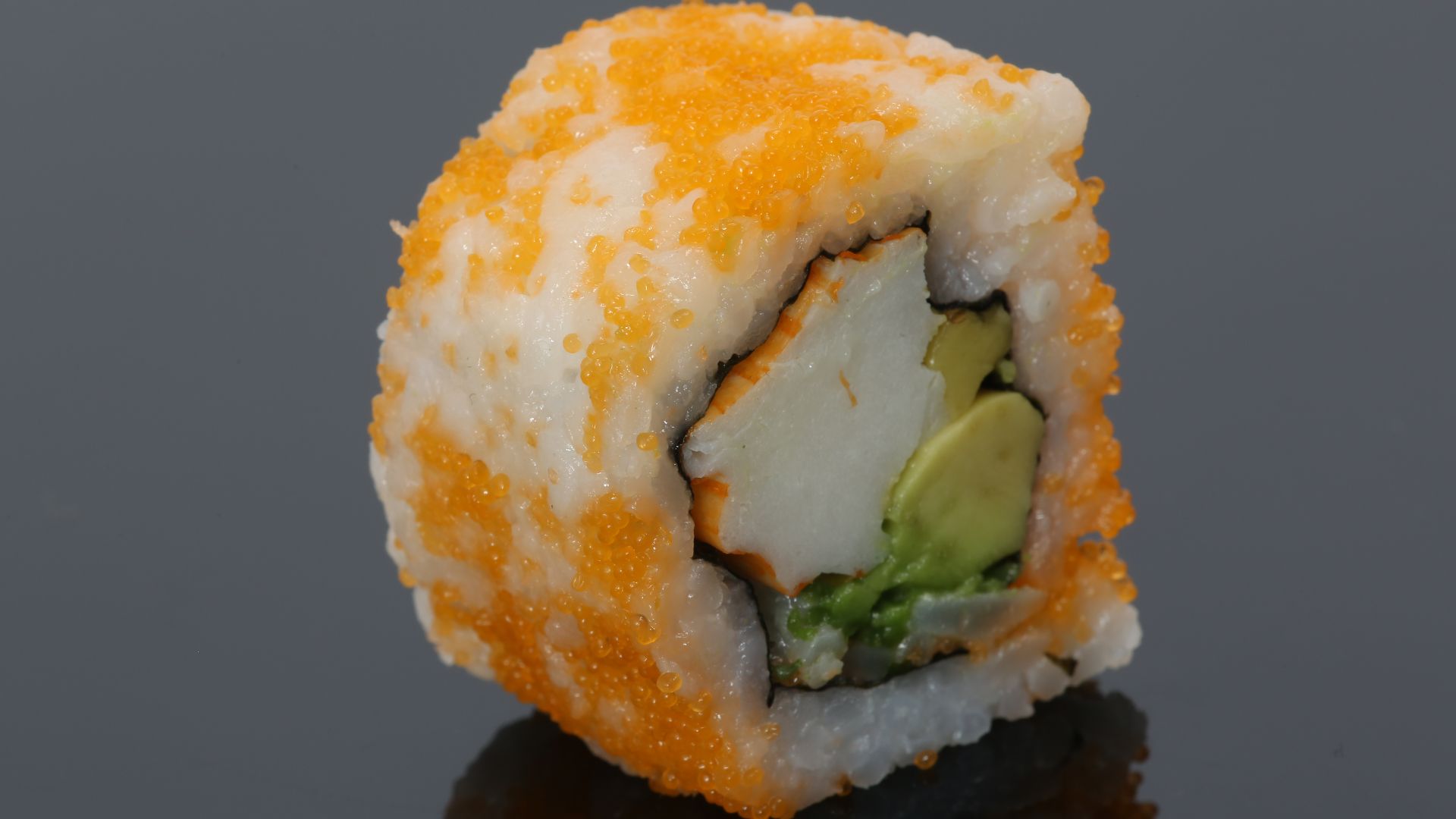 Tim Reckmann from Hamm, Deutschland, Wikimedia Commons
Tim Reckmann from Hamm, Deutschland, Wikimedia Commons
The World’s Hottest Chili Pepper Can Cause "Thunderclap" Headaches
The Carolina Reaper, with its 2.2 million Scoville units, holds the title of the world’s hottest chili pepper. Eating one can trigger severe "thunderclap" headaches due to cranial blood vessel constriction. This fiery pepper promises a fiery experience for thrill-seekers; just ensure you have painkillers nearby.
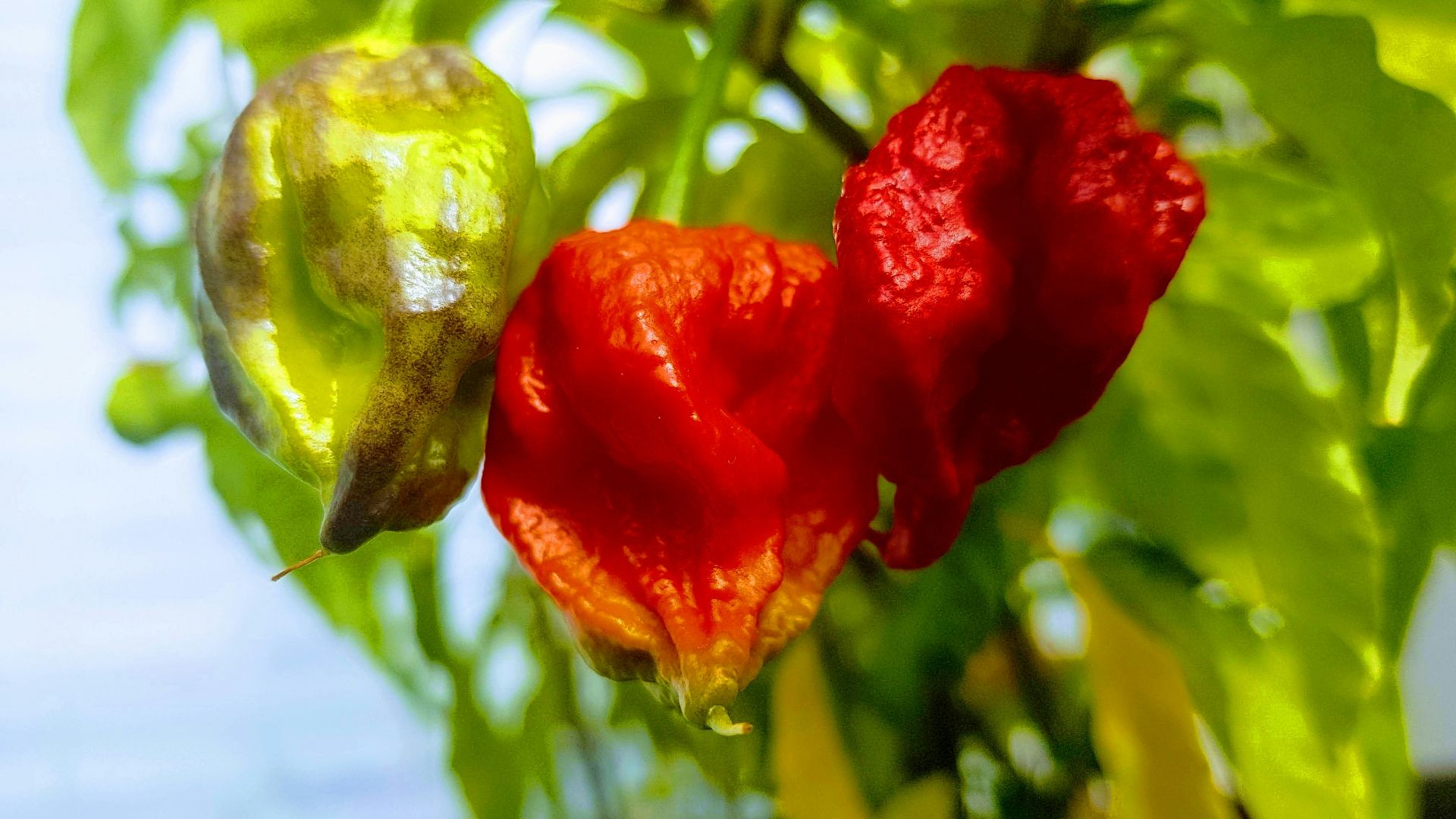 Simon Mavsar @mychilligarden.com, Unsplash
Simon Mavsar @mychilligarden.com, Unsplash
Oxford University Predates The Aztec Empire
Oxford University's earlier class is said to have happened in 1096, predating the rise of the Aztec Empire, which began in 1428. The university's ancient roots stretch back nearly 400 years before the Aztec empire's growth in Mexico. This fascinating historical tidbit places Oxford at the heart of medieval scholarship.
The First Product With A Barcode Was Wrigley’s Gum
In 1974, Wrigley’s gum made history as the first product ever to have a barcode. Supermarkets needed a standardized system for tracking inventory, and barcodes were the solution. This simple innovation revolutionized retail, and it made checkouts faster and inventory management more efficient, starting with a pack of gum.
Venus Is The Only Planet That Spins Both Clockwise & Anticlockwise
Venus is a celestial oddity; its rotation is clockwise on its axis (like Uranus) and anticlockwise around the Sun. Most planets spin counterclockwise, but Venus’s rotation is reversed, likely due to a massive collision billions of years ago. This event creates one of the many mysteries of our solar system.
There’s A Planet Made Of Diamonds (55 Cancri E)
If there is a planet women would love to live in, it would be this one. 55 Cancri e, a planet 40 light-years away, is likely made of diamonds. With a carbon-rich composition and extreme pressure, scientists believe that its interior has crystallized into diamonds.
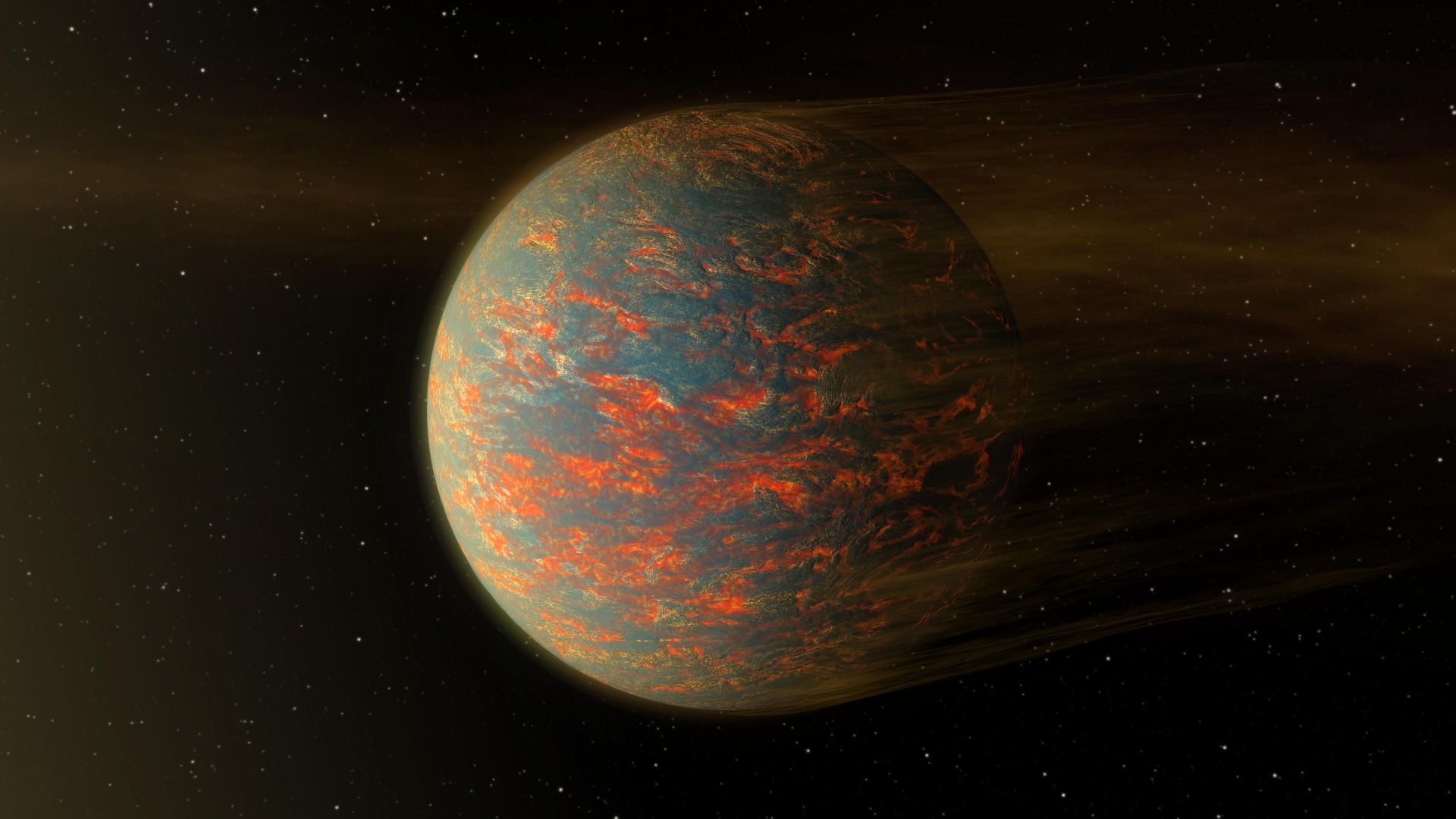 NASA/JPL-Caltech, Wikimedia Commons
NASA/JPL-Caltech, Wikimedia Commons
The Eiffel Tower Can Be 6 Inches Taller In Summer Due To Thermal Expansion
Heat in the summer months causes the Eiffel Tower to expand, making it up to 6 inches taller. This phenomenon occurs because metal expands when heated, and the iron structure of the Eiffel Tower reacts to temperature changes. It’s a surprising detail about a world-acclaimed monument you wouldn’t guess.
A Single Lightning Bolt Can Toast 100,000 Slices Of Bread
When having toast for breakfast, remember that a single lightning bolt, yielding over 5 billion joules of energy, is enough to toast 100,000 slices of bread. That’s breakfast for 50,000 people if everyone grabs two. Imagine the ultimate all-you-can-eat toast buffet—if only storms had an outlet.
 chutipon Pattanatitinon, Unsplash
chutipon Pattanatitinon, Unsplash
The Microwave Discovery Was By Accident
In 1945, Percy Spencer, a radar scientist, had a chocolate bar in his pocket—because why not snack at work? But when it mysteriously melted, he realized the radar waves gave off heat. That accidental discovery led to something big: the microwave oven.
 Trausti Evans, Wikimedia Commons
Trausti Evans, Wikimedia Commons
The "D" In D-Day Stands For "Day"
The "D" in D-Day simply stands for "Day". It’s military jargon that uses repetition for clarity, like the "H" in H-Hour. The term “D-Day” refers to the day on which a significant operation or attack occurs, and the "D" marks the designated day for any major action.
The First Webcam Watched A Coffee Pot (1991)
The first webcam was set up in 1991 at Cambridge University and aimed at a coffee pot. Researchers didn’t want to waste trips to an empty pot, so they set up the webcam to monitor the coffee’s status. This early webcam use paved the way for today's live-streaming technology.
 Quentin Stafford-Fraser, Wikimedia Commons
Quentin Stafford-Fraser, Wikimedia Commons
The "@" Symbol Was Once An Obscure Medieval Unit Of Measurement
We use it in all our emails, but did you know the @ sign had a previous job? In its past life, the "@" symbol represented an amphora, a unit of measurement for liquid volume. Before email took over, merchants used it in commerce. It’s such a drastic transition, but oh well.
 MeekMark at English Wikipedia, Wikimedia Commons
MeekMark at English Wikipedia, Wikimedia Commons
A Cloud Can Weigh More Than 1 Million Pounds
That cumulus cloud of puff you see building up in the sky could reach astronomical weights of over 1 million pounds. These clouds contain billions of water droplets, and their combined mass adds up to a staggering weight. Fluffy is not even a description you thought would reach millions, right?
You Can’t Hum While Holding Your Nose
Are you aware that humming requires air to exit your nose to produce a unique sound? When you pinch your nostrils shut, that airflow is blocked, and the hum vanishes. It’s a fascinating example of how body processes are connected in ways you might never have thought of. Try it.
Your Left Lung Is Smaller Than Your Right To Make Room For Your Heart
Due to the heart’s leftward tilt, the left lung is naturally smaller than the right lung. This anatomical design allows space for the heart to fit comfortably within the chest cavity. It’s a neat piece of biological engineering, ensuring everything has room to function properly without crowding.
The Entire World’s Population Could Fit Inside A Sugar Cube If Atoms Were Compressed
Imagine condensing the world’s entire population into a sugar cube. Thanks to the fact that atoms are 99.999% empty space, compressing the atoms would make the entire human race fit into a tiny, sugar-cube-sized volume. Just imagine all of us in a tiny cube. Amazing, right?
 Dietmar Rabich, Wikimedia Commons
Dietmar Rabich, Wikimedia Commons
The "Sixth Sick Sheik’s Sixth Sheep’s Sick" Is The Hardest Tongue-Twister In English.
Give it a shot—saying it once is hard enough, let alone three times fast. Linguists consider this the toughest tongue-twister in English, thanks to its rapid succession of “s” sounds. It’s the ultimate challenge for anyone brave enough to test their pronunciation skills.
Humans And Bananas Share 50% Of Their Genetics
It sounds wild, but it’s true. While humans and bananas don’t look alike, we share about 50% of our genes, though that’s only about 1% of our total DNA. At the molecular level, nature reuses its best designs, even across species as different as us and fruit.
The Longest Recorded Sneezing Fit Lasted 978 Days
That sneezing that renders you an automatic pause for a second or so, Donna Griffiths did it for 978 days. Griffiths started sneezing one day and didn’t stop for nearly three years. Doctors were baffled, suspecting allergies, but the exact cause remains unknown. Imagine trying to sleep through that.
Your Fingernails Tend To Grow Faster On Your Dominant Hand
Right-handed? Your right-hand nails grow faster. Left-handed? Same deal. The dominant hand gets more blood flow due to constant use, which speeds up nail growth. Since it's also more prone to damage, the body sends extra resources for repair, boosting nail growth even more.
The Smell Of Freshly Cut Grass Is A Plant Distress Signal
That fresh, earthy scent after mowing? It’s not just pleasant; it’s a chemical SOS. What you can smell is grass-releasing compounds (GLVs) that warn nearby plants of danger and even call in reinforcements. Some GLVs attract parasitic wasps that hunt plant-eating insects, turning nature into its own defense system.
The Human Body Glows In The Dark, But It’s Too Faint To See
Humans emit a natural glow, just not one bright enough to notice. This bioluminescence comes from chemical reactions in our cells, but it’s 1,000 times weaker than our eyes can detect. Unique cameras, however, can capture the faint light.


